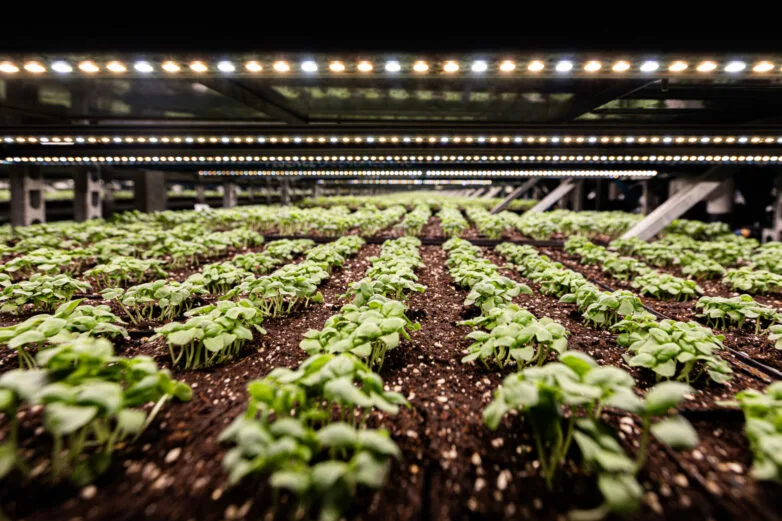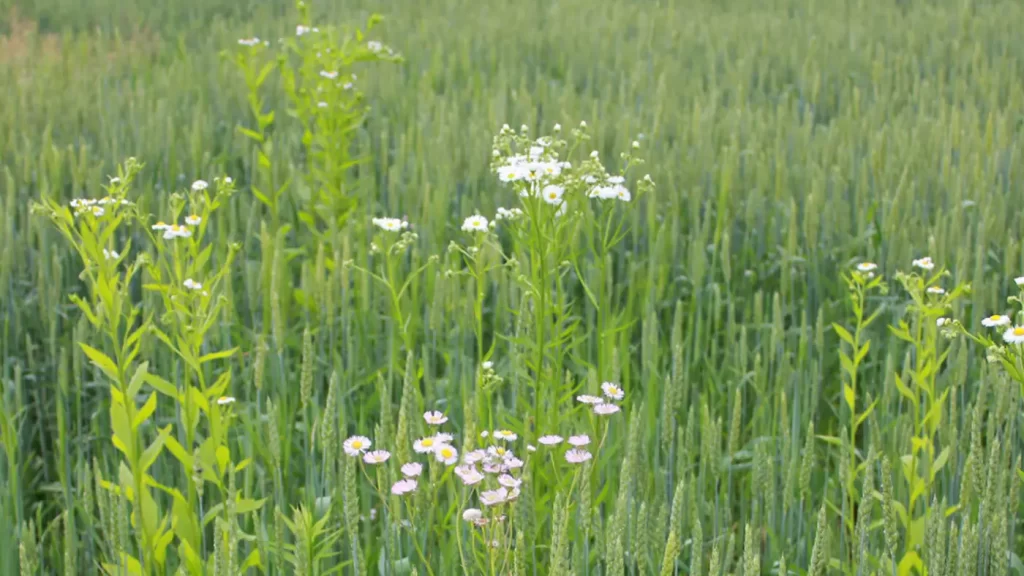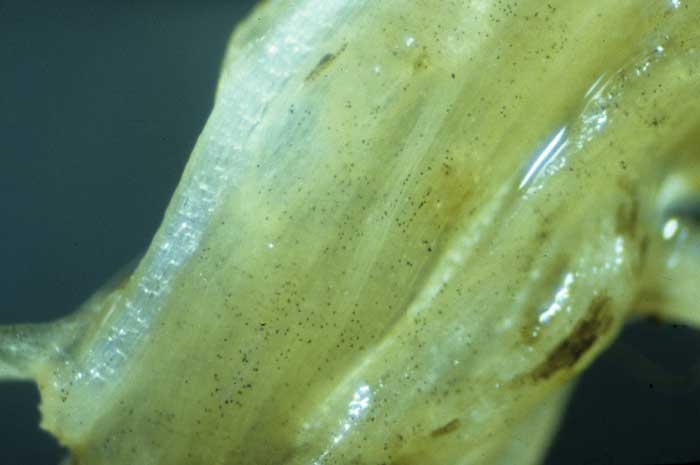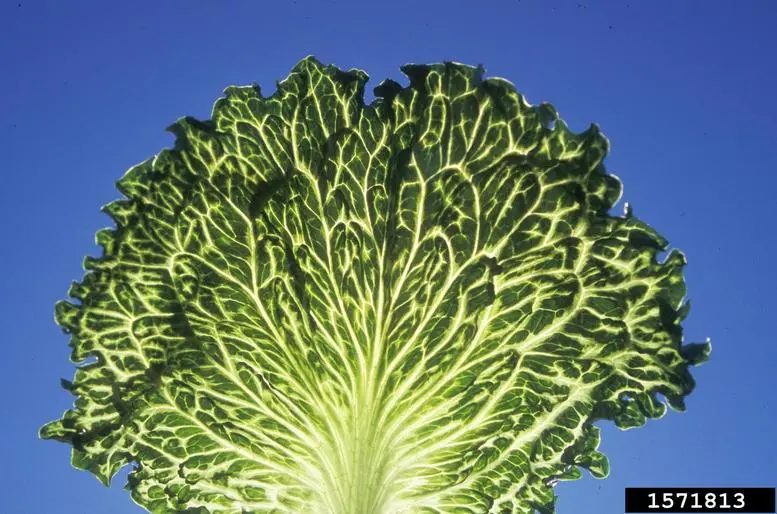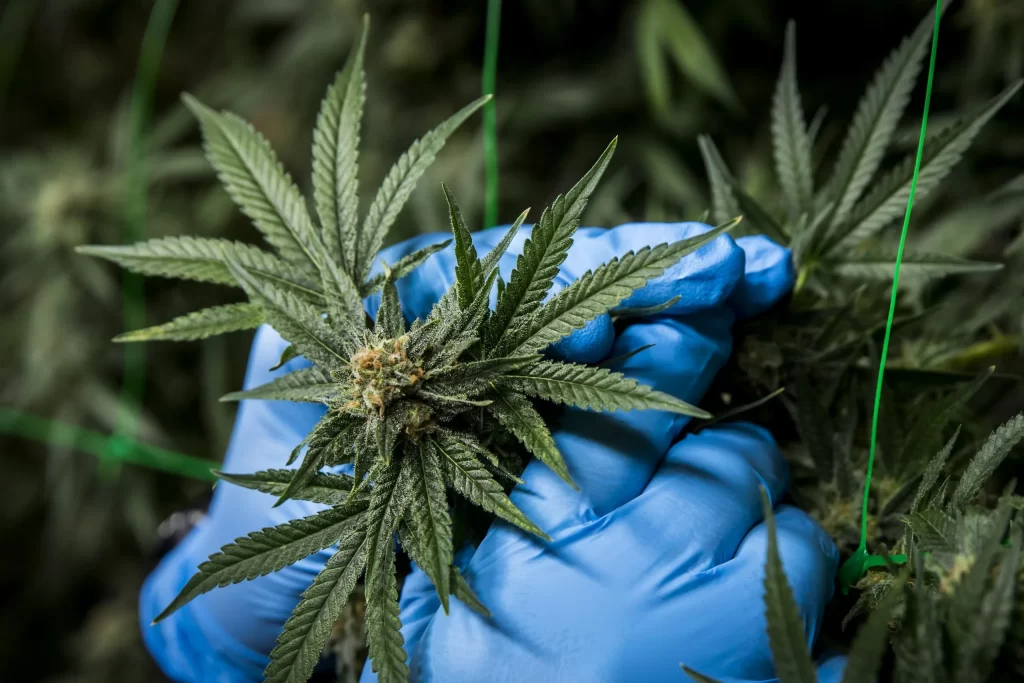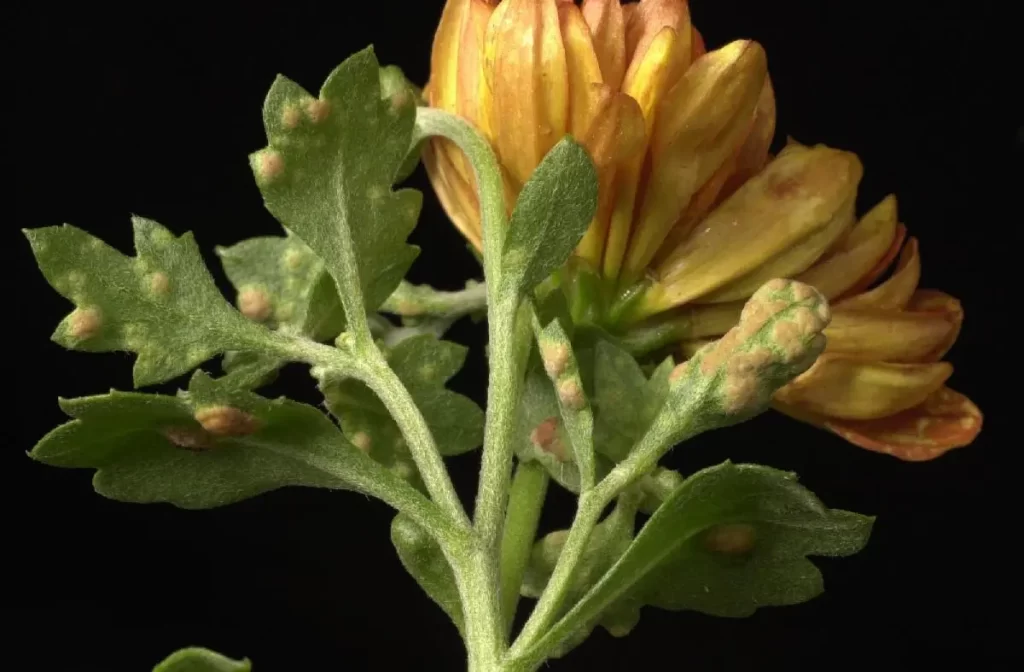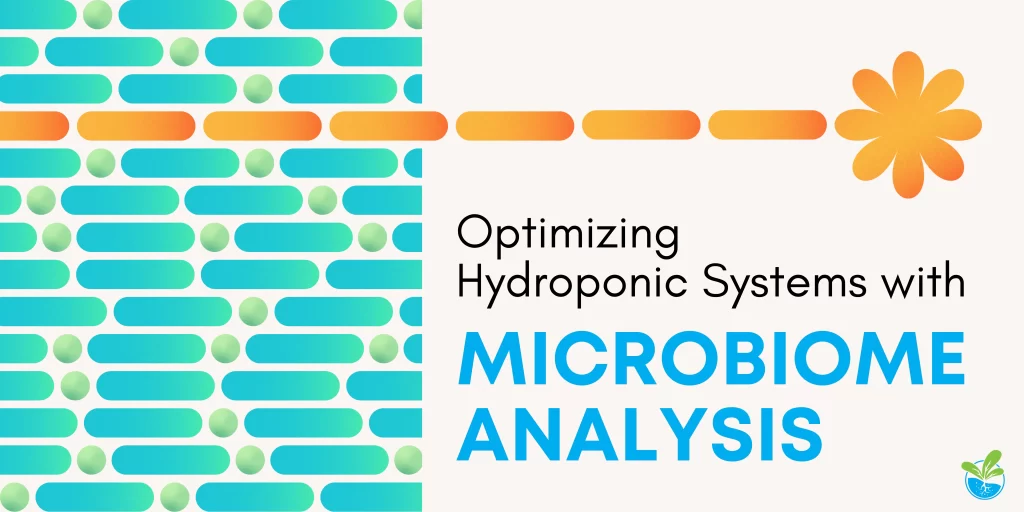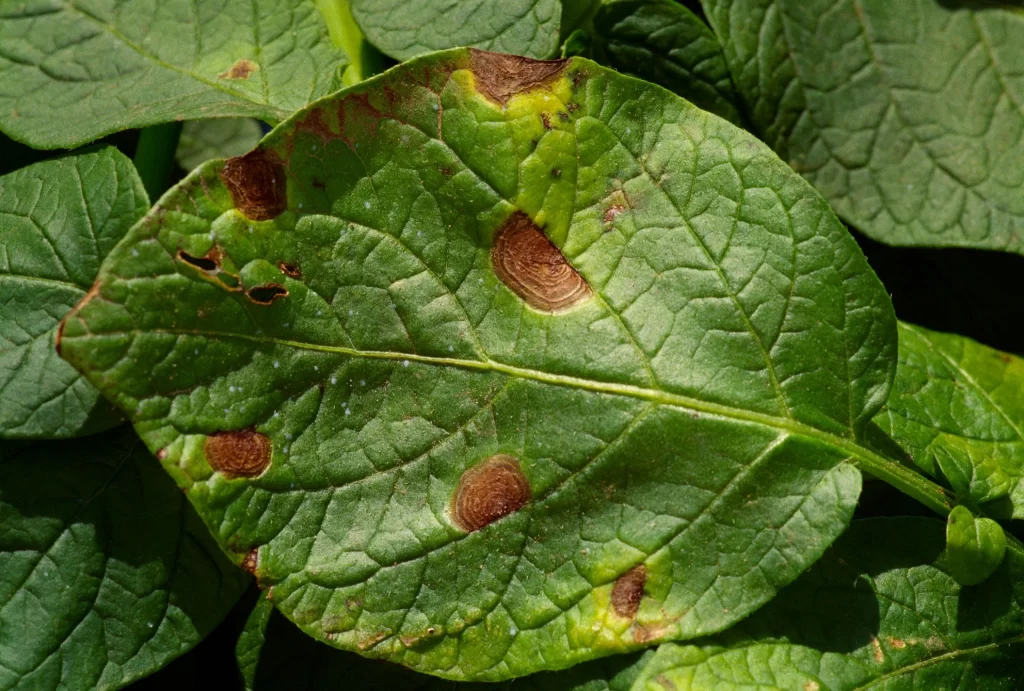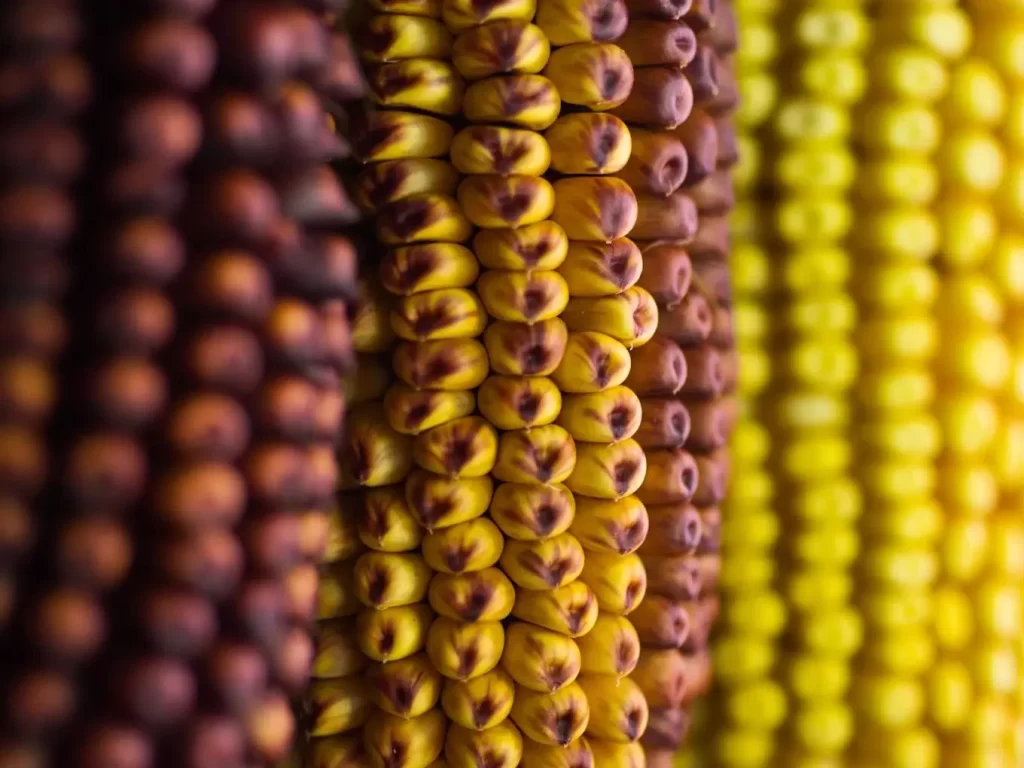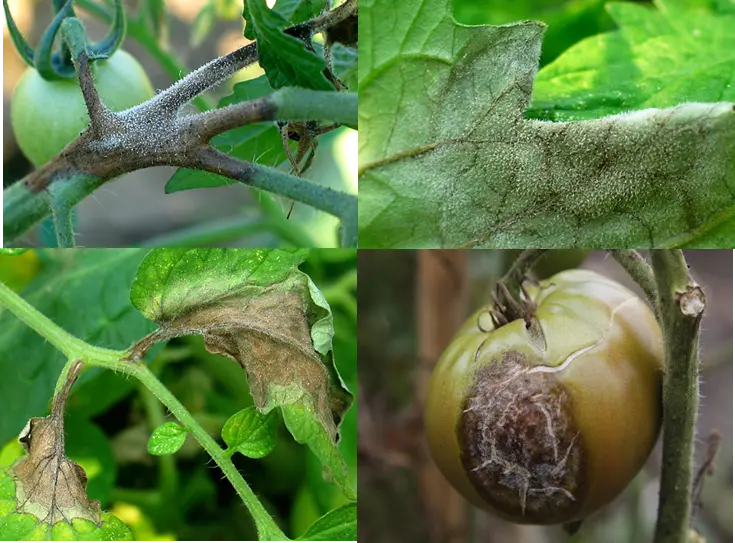How Microorganisms Help Farms with The USDA Organic Label Microorganisms are crucial for farms trying to attain or maintain a USDA Organic Label. This blog will explore the label itself, the requirements of the label, how microbes work in organic farming and how they can work for indoor organic agriculture. USDA Organic Label The United […]
Herbicide-Resistance and Genetic Testing The modern farmer faces various challenges, from fluctuating market demands to the unpredictable whims of Mother Nature. Of all these challenges, the rise of herbicide-resistant weeds has rapidly emerged as a pressing concern. In Canada alone, weeds cost growers over half a billion dollars annually in replacement herbicides and reduced crop […]
Olpidium brassicae Introduction Olpidium brassicae is a common fungal parasite that infects the epidermal cells of plant roots, particularly those in the Brassicaceae family and tobacco plants [1]. It is commonly known as seedling blight of tobacco or seedling disease of cabbage. This pathogen has a significant economic impact on agriculture, as it can reduce […]
Olpidium virulentus Introduction Olpidium virulentus is a parasitic fungus that infects plant roots, including leafy greens grown hydroponically. The pathogen can transmit two serious viruses: Lettuce big-vein associated virus (LBVaV) and Mirafiori Lettuce Big Vein Virus (MLBBV), causing a decrease in overall yield. Olpidium virulentus does not cause significant plant diseases but is a vector for viruses […]
Hop Latent Viroid Introduction Hop Latent Viroid (HLVd or HpLVd) is a significant concern for growers, particularly those cultivating hops and cannabis. This pathogen can have a considerable economic impact on the industry, leading to reduced yield, quality, and plant longevity[1-2]. A comprehensive economic study has summarized the economic impacts of diseases on specialty crops, […]
Puccinia horiana Introduction: A fungal threat to floricultural crops This week, Healthy Hydroponics is shifting focus to cover a fungal pathogen, Puccinia horiana, commonly known as chrysanthemum white rust, that is known to affect chrysanthemum plants and daisies [1]. Belonging to the order Pucciniales, this pathogen poses a significant threat to the global chrysanthemum industry […]
Hydroponics and Root Microbiomes Hydroponic systems offer a unique opportunity to manage the root microbiome due to their ability to control the root zone environment [1]. Understanding and optimizing the interactions between plants and their associated microbial communities can lead to improvements in crop productivity and sustainability. The Importance of Microbiomes in Hydroponic Systems Plants […]
Alternaria solani Introduction Alternaria solani is a fungal pathogen that causes early blight in tomato and potato plants, leading to significant yield reductions if left uncontrolled [1]. This disease is particularly relevant for greenhouse growers and crop consultants, as it can thrive in warm and humid conditions. The economic impact of Alternaria solani is considerable, […]
DNA Sequencing: Basics Introduction What is DNA? Why does it need to be sequenced? What does sequencing mean to begin with? In this blog, we’ll dive into the world of DNA sequencing, explaining what it is and why it’s so important for growers. We’ll break it down in a way that’s easy to understand, no […]
Phytophthora infestans Introduction Phytophthora infestans, commonly known as late blight, is a notorious pathogen that poses a significant threat to tomato crops worldwide. This devastating oomycete (a “fungus-like” organism) has gained infamy for causing widespread and destructive outbreaks, leading to substantial economic losses and jeopardizing global food security [1]. This pathogen is best known for […]


